In a previous post on honey bees, we explored the fascinating world of bees. In addition to bee wax and nectar, the most important product from the apiary is the sweet viscous liquid- the honey. Apart from its culinary use, it also has a lot of medicinal benefits. Let’s ponder the medicinal properties of honey in today’s article.
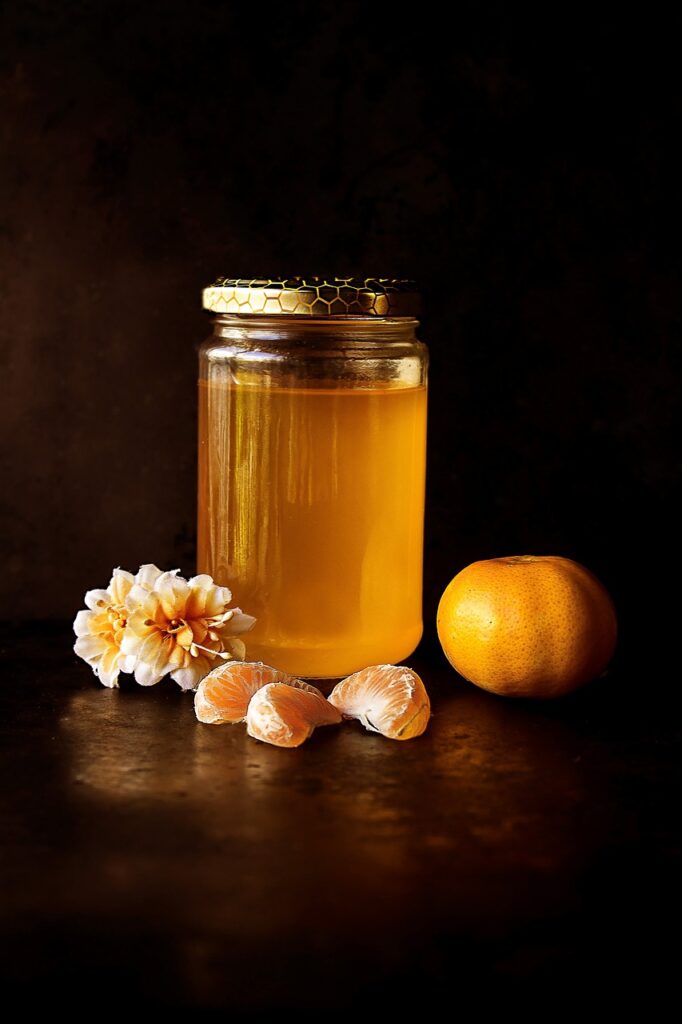
The medicinal properties of honey have been documented in the oldest literature. Since ancient times, it has been known to have antimicrobial properties and wound healing.
How does it help in antibacterial properties?
- Its high viscosity helps form a protective barrier against infection
- Enzymatic production of H2O2
- It’s low pH and high sugar content hinders the growth of microbes
- Being hygroscopic, they can degrade bacteria
- The presence of propolis helps in the antibacterial property. Propolis is a resin-like material made by bees from the buds of poplar and cone-bearing trees. The darker the honey, the more effective it is.
How does honey help in wound healing?
- It keeps the wound moist
- It activates the immune system in responding to the wound
- It induces leukocytes to release cytokines, which are responsible for the tissue repair cascades.
Despite it’s wound-healing capacities, all the research that has been carried out is with pure sterilised honey. So, it is not a good idea to directly apply bottled honey onto an open wound. It is best to consult a doctor.
Honey is so important in the field of medicine that a separate branch of alternate medicine called the apitherapy is established. They offer treatments based on honey and other bee products against many diseases including infections.
Using honey for wound healing: from a historical perspective
The use of honey for wound healing dates back to 2100-2000 BC as described on a Sumerian tablet. They mention the use of honey as an ointment and a drug! In addition to the samurai tablet, the use of honey has been mentioned in ancient texts including the Vedas, Holy Koran, Holy Bible, and the Egyptian Papyri. Most ancient populations, including the Greeks, Chinese, Egyptians, Romans, Mayans, and Babylonians, consumed honey for its medicinal properties.
Honey as an anti-microbial agent
To date, no bacteria has shown resistance to honey. This includes the highly antibiotic-resistant bacteria MDR S. maltophilia. This is a perfect chance to explore the topical use of honey against antibiotic-resistant microbes. They are used as a last resort for recalcitrant wounds (specifically burn wounds) and microbial infections that do not respond to strong antibiotics. The best-known honey known for its antibacterial properties is the Manuka (Leptospermum) and Tualang (Koompassia excelsa). Manuka honey is obtained in Australia and New Zealand by bees which pollinate the tea tree. A specific honey to be used for medical purposes is the Revamp, aka medihoney.
Manuka honey: the best type for antimicrobial properties
The main reason for the success of manuka honey is a compound known as Methylglyoxal (MGO). It is produced by the reaction involving Dihydroxyacetone (DHA) found in the nectar of manuka flowers. This honey is so famous that honey producers have a scale for rating the potency of antimicrobial activity. It is the UMF (unique manuka factor)! This UMF is indicative of three main compounds namely MGO, DHA, and leptospirin.
However, it is important to note that this is purely from the point of view of honey producers and not doctors or medical professionals.
Differentiate bee-made honey from synthetic honey!
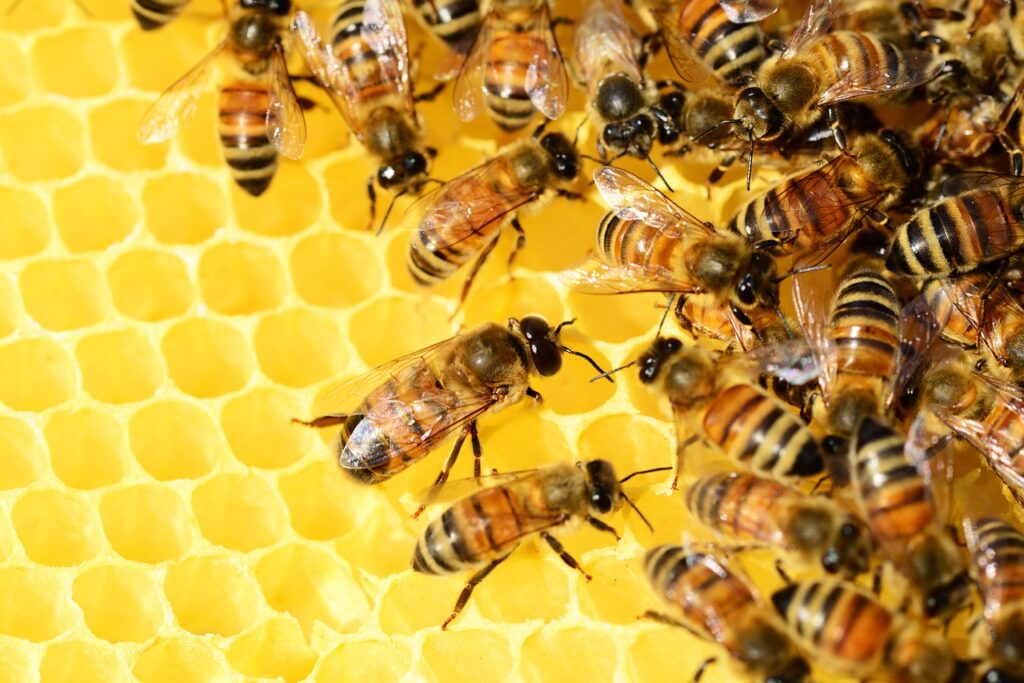
A lot of artificial honey can be found in the market. Such honey could have varying wound healing properties thereby standing as a barrier for establishing honey as an antimicrobial agent. Synthetic honey often lacks the diverse array of nutrients found in natural honey. It may primarily consist of refined sugars and artificial flavorings, with little to no nutritional value. The honey you get straight from a beehive is a lot stickier than the honey we get in the market as it goes through a process of filtration (to remove foreign particles like pollen and beeswax) and heating (to make it less viscous and easier for consumption). However, the high temperatures pasteurize the honey and destroy yeast cells in it causing unwanted fermentation. This is why honey from a bottle in the market tastes way different from honey straight out of a hive.
In addition to this, each honey can vary in its properties due to a change in its environment.
Honey is a versatile liquid
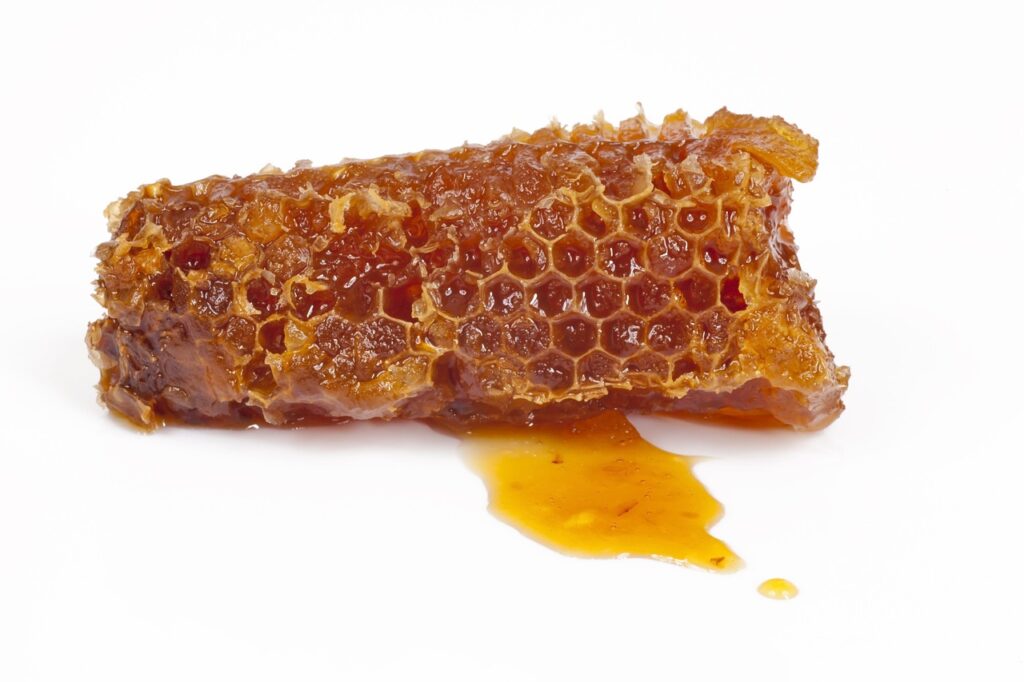
In addition to their use as an antibacterial, they also help in the treatment of several diseases. These include eye diseases, bronchial asthma, throat infections, tuberculosis, thirst, hiccups, fatigue, dizziness, hepatitis, constipation, worm infestation, piles, eczema, and ulcers.
Since honey is rich in antioxidants (flavonoids and polyphenols), it helps lower blood pressure, improve cholesterol, and helps reduce triglyceride levels.
Mindful consumption of honey helps control diabetes. Mindful because it still contains a lot of calories in the form of high fructose. Honey contains more calories than white sugar. However, because it is much sweeter, we need less amount of honey, thereby reducing the calorific intake.
Raw honey also contains several micronutrients in trace amounts. This includes calcium, magnesium, manganese, niacin, pantothenic acid, phosphorous, potassium, riboflavin, and zinc.
Are rearing bees sustainable?
Thanks to its antimicrobial properties, honey is in high demand. This means we need to increase the population of bees to get more honey. However, the production of honey can harm the environment through the introduction of non-native honeybee populations, which can disrupt pollination by native species and negatively impact ecosystems. Industrial beekeeping practices contribute to colony breakdowns and a decline in bee populations. Increasing the overall bee population is crucial for sustainable development. The Western honeybee, brought to the United States in the 17th century, poses a threat to native bee species, prompting restrictions on their introduction in conservation areas.
Risks
Like in every case, there are two sides to the coin. Too much of anything good might turn out harmful. The same applies to honey. They come with their risks. Raw honey in general is safe to use as long as you are not allergic to pollen. The Centers for Disease Control and Protection (CDC) says that infants under the age of 1 should not be given honey as they are at risk of infant botulism. Honey is safe from the age of 1 upwards. This applies to both raw and regular honey.
Take home message
Honey stands as a versatile remedy with a rich history dating back to ancient civilisations, revered for its medicinal properties and culinary allure. From its documented use in wound healing to its role as a potent antimicrobial agent, honey has been a cornerstone of traditional medicine practices across cultures. The emergence of apitherapy underscores its significance in modern healthcare, offering promising avenues for treating infections and promoting overall well-being.
However, amidst its myriad benefits, caution is warranted, particularly regarding the consumption of honey by infants due to the risk of botulism. Moreover, the sustainability of beekeeping practices is a pressing concern, as the quest for honey production may inadvertently harm ecosystems and native bee populations.
Thus, while honey continues to offer a sweet solution to various health ailments, it is imperative to balance its usage with environmental stewardship and mindful consumption practices. Through responsible beekeeping and informed use, honey can continue to be a golden elixir of nature, enriching both body and soul.
Let’s make sure we’re not just buzzing around, but bee-ing mindful of our environment.
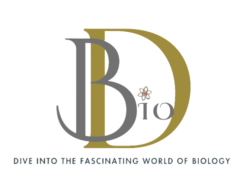
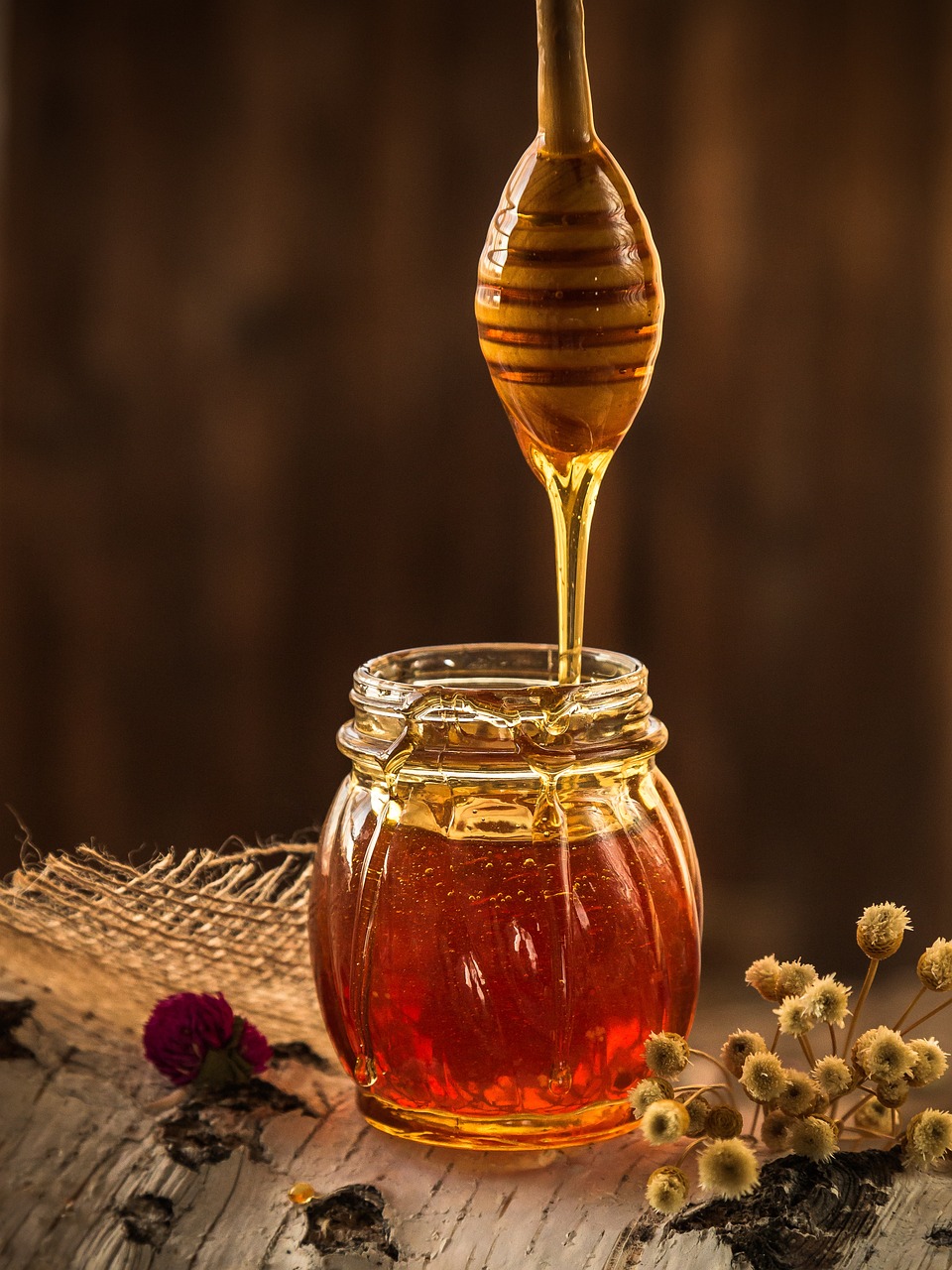
Fascinating! Thanks for sharing.